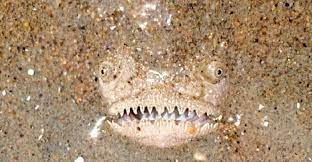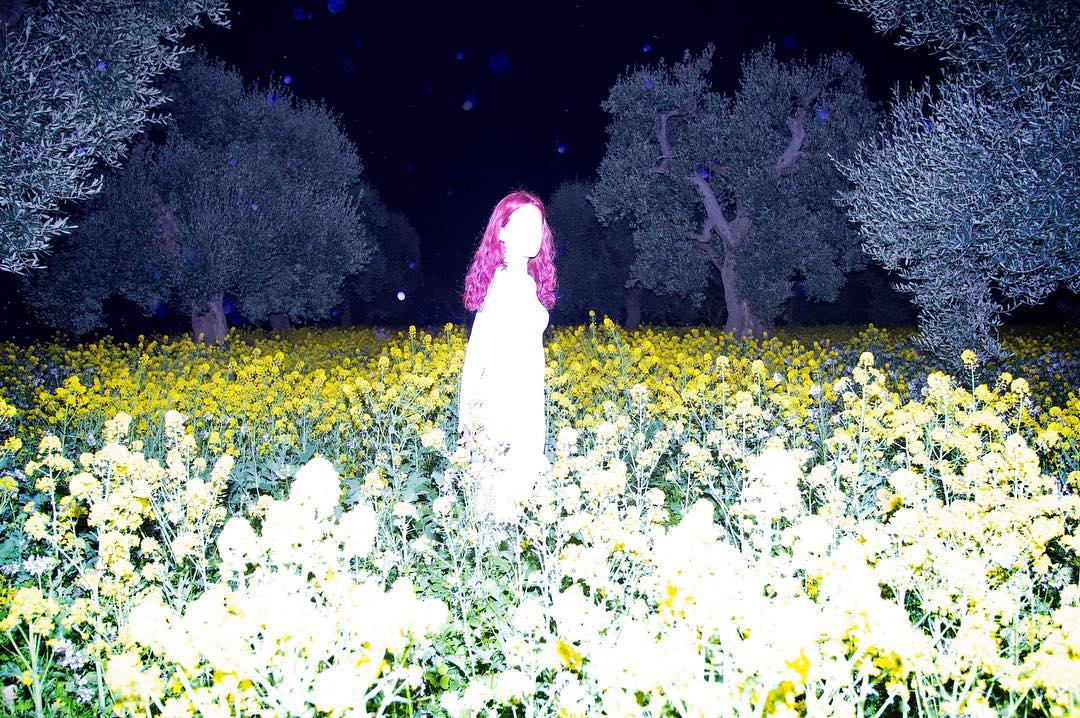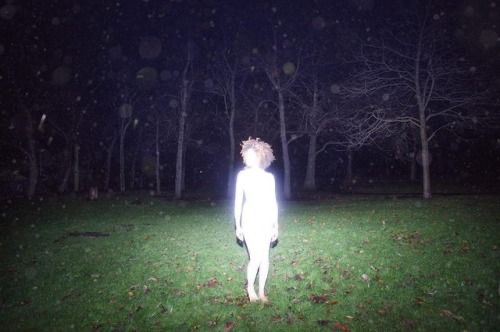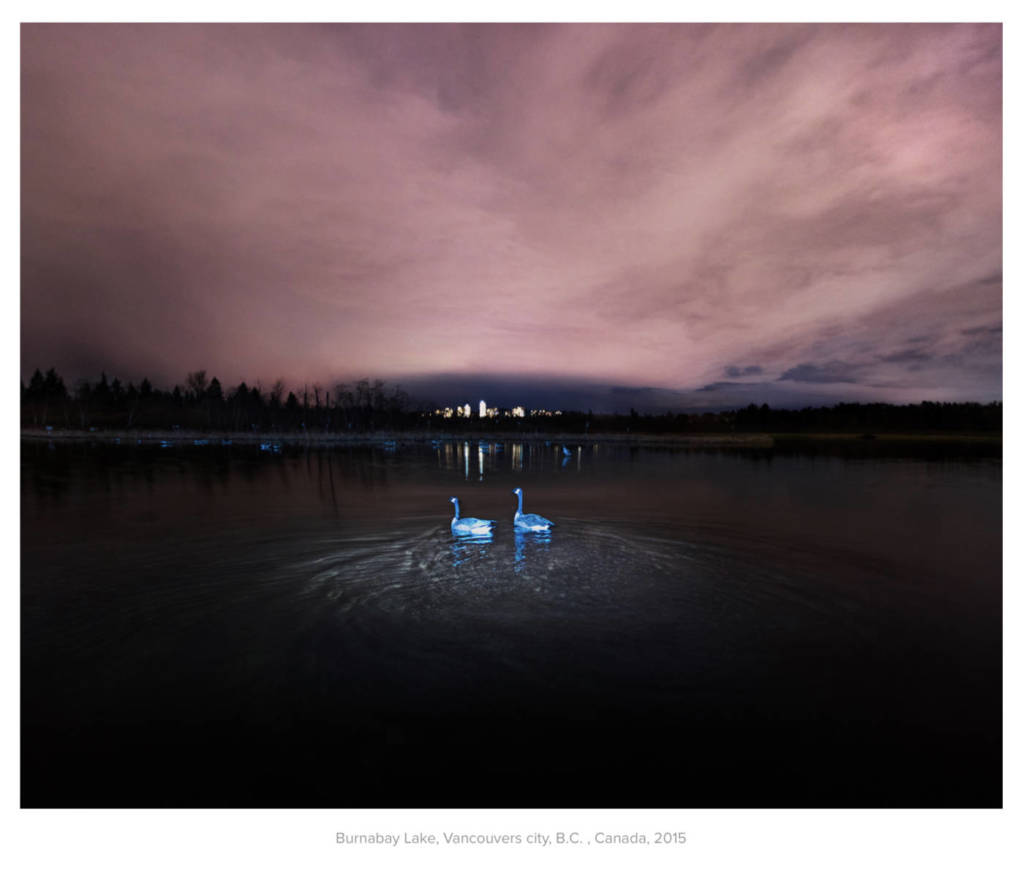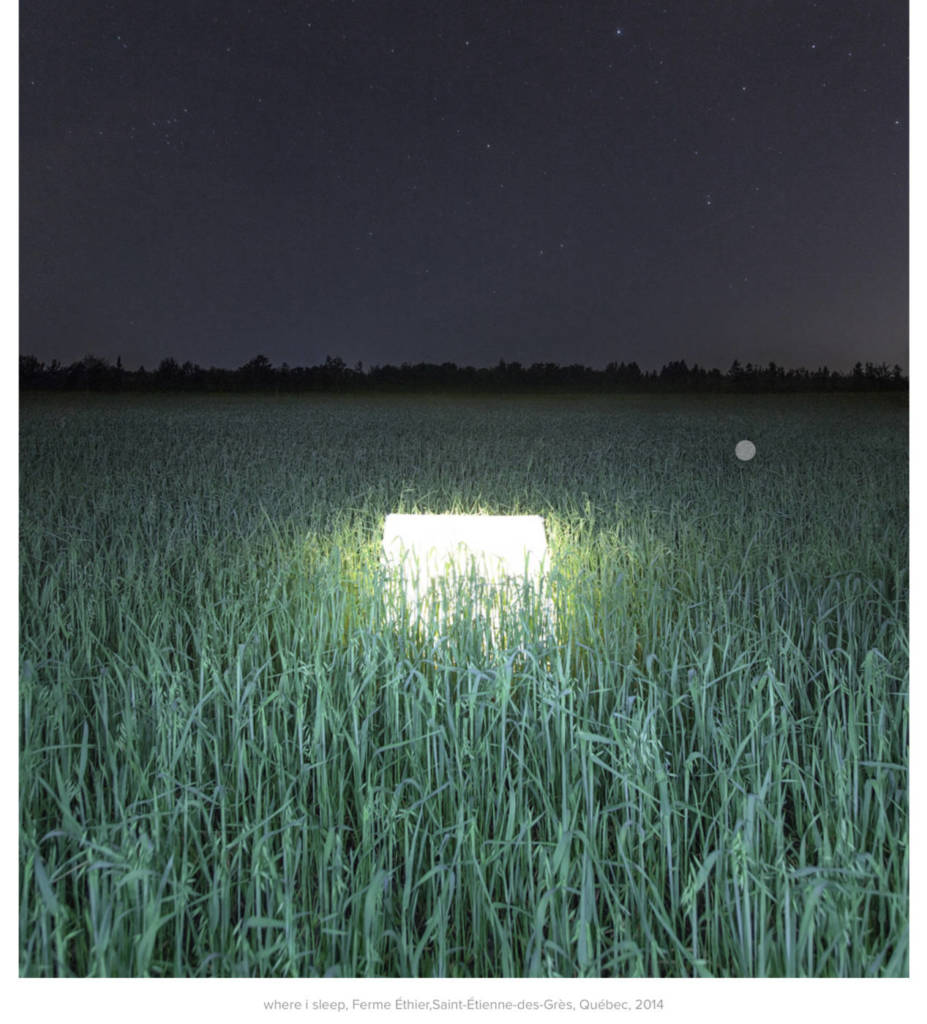The Body: Photographs of the Human Form REMIX
Magazine
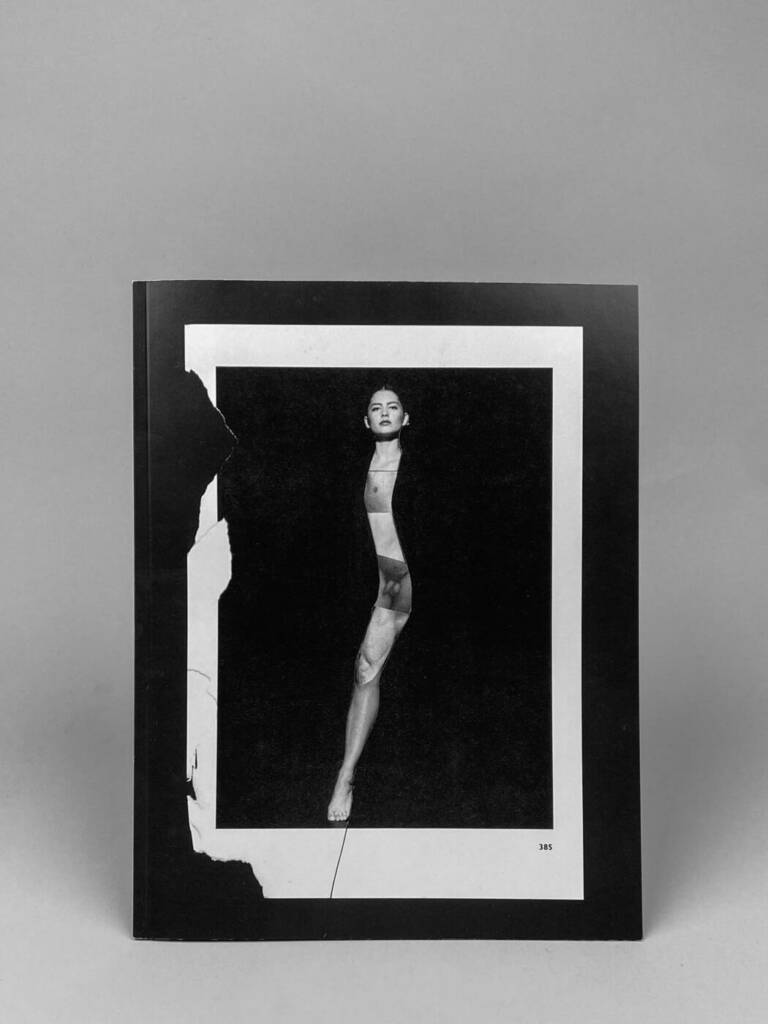


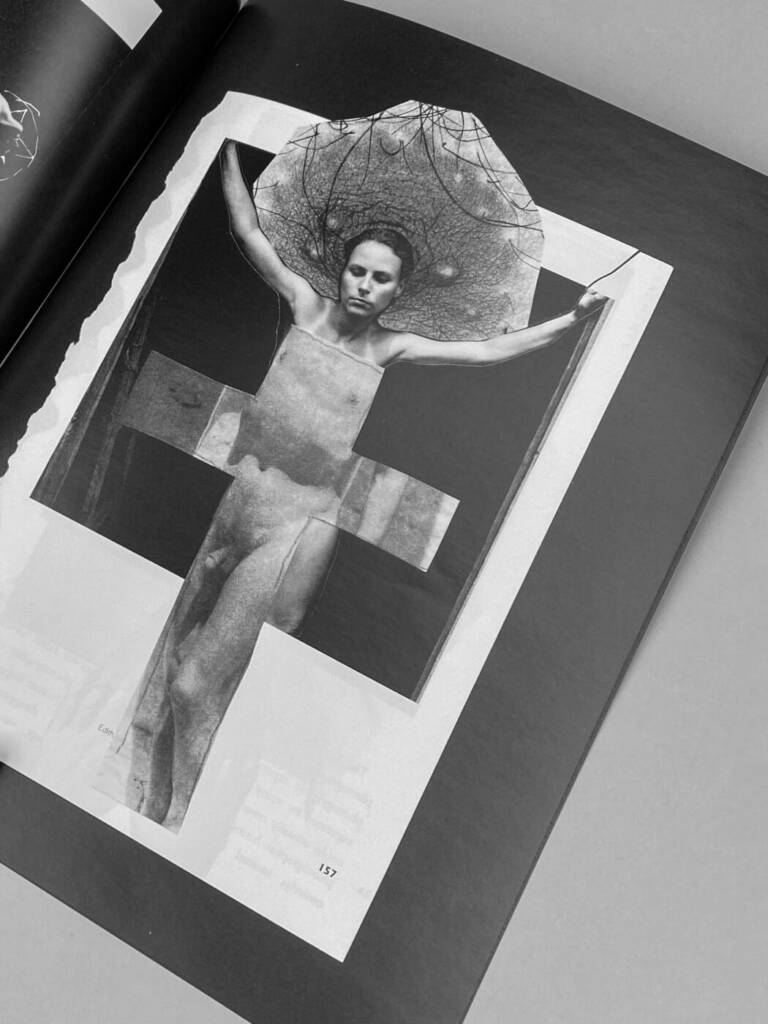


TAKING A STAND
After watching the playlist “Taking A Stand,” I found the artists Barbara Kruger and Carrie Mae Weems stood out to me the most.
I found Barbara Kruger intriguing as I am often not interested in word art. She was able to captivate me and make me reconsider my relationship with text in art. A proud (second into) third-wave feminist, Kruger stated “Well, of course I’m a feminist. But I have never been able to consider gender or sexuality apart from class—and never thought of class apart from race.” (5:30-5:42) This intersectionality is a vital understanding many white feminists miss. With bold text which prompt bold, reflective questions in non-chalant, accessible locations, such as in her skate park installation, Kruger takes a stand in a way that influences me to consider the power of text, placement, and scale.
Carrie Mae Weems The Kitchen Table Series was moving to me, as it investigates one of the most important scenes in all our lives- the shared domestic space. A consistent location where family, friends, and lovers congregate frequently or infrequently, formally or informally. At the table, Weems emphasizes, is where we learn the value and skill of developing our own voice, and feel the need for that voice to be heard. Weems recalls how, historically, the space of domesticity belonged to women, begging the question of how do we begin to alter the domestic space, the social contract, and the status quo. She worked to capture how the table is a site of war, carried on by how we control, manipulate, or participate with one another. Weems took a stand in her exposure of the reality we have normalized, where even within the home, where women hold the key to the bedroom, to generations, men hold the power. Weems seeks to spark discussion on the battle around the family, the power dynamics and imbalances, love, community, and fights, that all happen at the table, which symbolizes and summarizes the entirety of domestic life.
Weems inspires me to carry a works narrative through the use of space and repetition. Repetition of the element of the table, combined with being in black and white, highlighted the stark differences in mood and change in elements. Weems additionally taught me the power of targeting the normalized and everyday to expose how disturbing or beautiful domestic life can be.
BOOK PROJECT





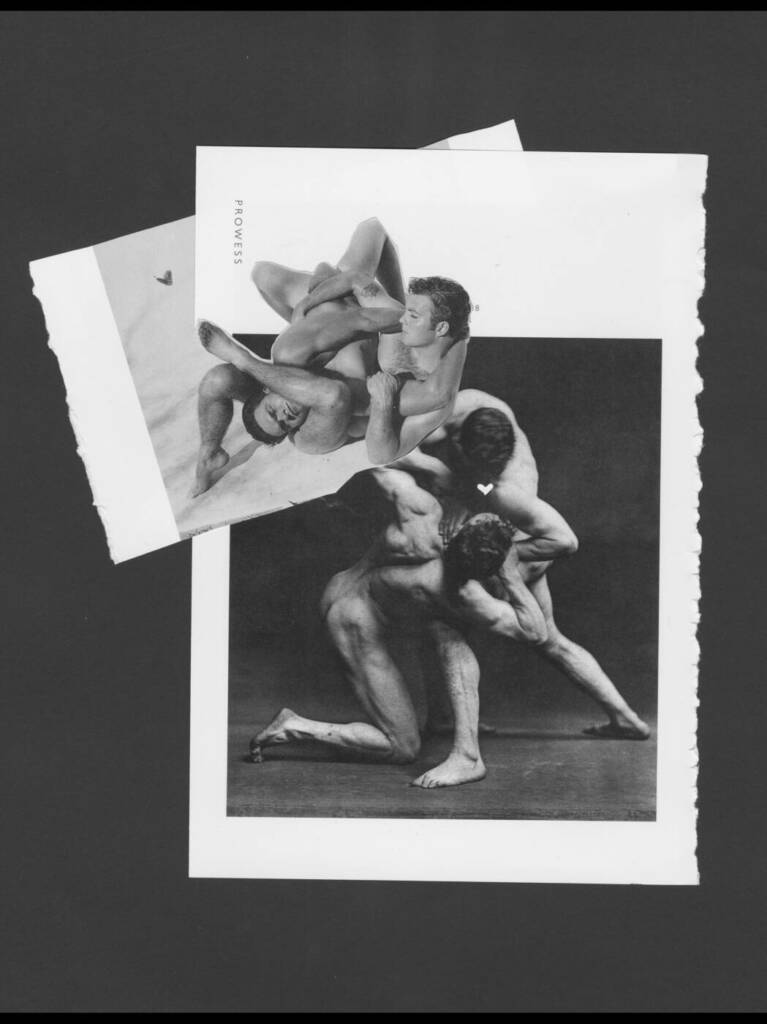












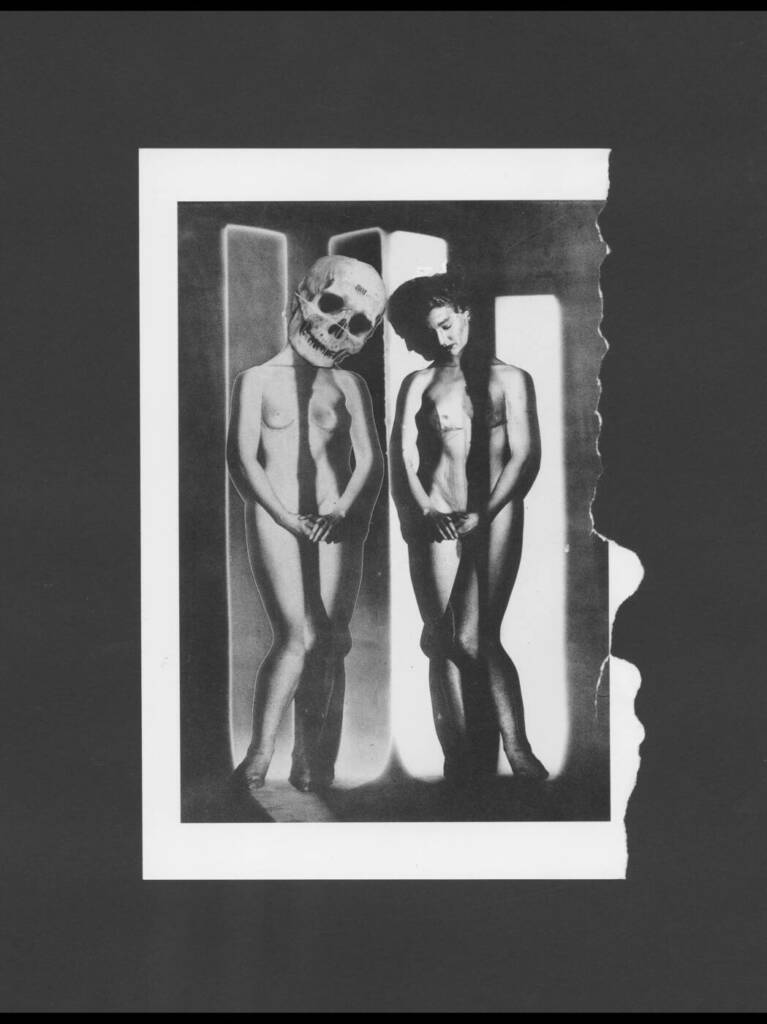


Progress photos:





(Apologies for the very poor image quality, I was taking them in a rush Tuesday as the other class was rolling in and waiting for the entire table to be unoccupied by photos of nude people. I felt very awkward and rushed lololol.)
My book is a parody of the images from The Body: Photographs of the Human Form (1994). The images were dominantly white people, specifically sexualized photos of white women, perpetuating them as soft, sensual, and angelic, and upholding the ideal, the innocent, and the vulnerable perception of women through racist, colonial, patriarchal values. Additionally, this book was exceedingly ableist and presented many colonial values, dehumanizing people through their photographs, and capturing people and cultures as if they were test subjects, animals, or monsters. All and all, this book is really messed up. The Body successfully captures the white man’s view of what “the body” is, its potential, worth, ‘differences,’ sexuality, formation, mutilation, and decaying. Exploring a single narrative of what a body is functions to silence any other view or experience of “the body” outside of the perception of a white man. The Body universalizes our bodies to the point where few can relate to the images contained within the book.
As a queer, transmasc person, I couldn’t relate to hardly any of the images that were intended to be universal. My relation to my body didn’t fit within the narratives portrayed, leaving my experience silenced and disregarded. In return, I acted to reconstruct the images to authentically relate to my experience and relationship with my body, how I perceive my body’s worth, sensations, sexuality, formation, reformation, dysmorphia, and origin. Ripping pages, cutting, stapling, and drawing on top of the images, I worked to disrespect the book and honor my lived experiences with my relationship to my body.
I recommend everybody do this, it was very cathartic. To physically take the single narrative and dominant view of “the body” and critique and remix it to represent you and your experience allows you to reflect and feel seen. Feels good.
ENVIRONMENT VIDEO PROJECT
Glowing in the Thicket are two videos playing in tandem. One is a feminine figure in the daytime, attempting to camouflage and match her environment but ultimately failing. The other is the same figure but at night, imbracing that she cannot mask herself and instead channels her energy into running around, playing, resting, exploring, and dancing.
Our culture takes pride in shunning, shaming, and othering. We have all felt rejection and humiliation and taken comfort in disguising ourselves to conform to the status quo. We camouflage our identities in this shame so well that we believe it is our nature. We wear a mask in the day when we can be seen and take it off when we’re out of sight, at night.
In these videos, we witness this individual be visible at night, highlighted and glowing. Instead of masking like they did in the day, now that they’re visible, they celebrate the vulnerability of being witnessed. Though they risk shame, rejection, and humiliation by being so visible, they are content.
ENVIRONMENTAL VIDEO IDEAS
Alyssa and I were immediately drawn to the phenomena of camouflage as well as its opposite with critters that purposefully stand out. We also began unpacking what “natural” and “unnatural” means in terms of settings, behaviors, and the social connotations of the word. We asked questions such as “if nature doesn’t come naturally to me, does that make me unnatural?” and “what about being a human IS natural?” We came to the conclusion that humans are the most “unnatural” creature on thus planet, we even invented the “unnatural.” We also noted that “natural” and “unnatural” as concepts were invented to be a weapon of white superiority, colonization, and patriarchy, who seek to alienate and dehumanize who they’re trying to dominate, as proven my environmental feminists/ feminist philosophers. We continue their questioning through asking what is “wild” vs “civilized” or “animal-like/ beastly” vs “humanly.”
As of now, our current concept is a figure, camouflaged in various settings in the day time. Half way through the video, dusk will fall and the critter/ figure will emerge and glow, now free. In this, we will also be playing with nocturnal nature. Both of us passionate about photography, we want to compose shots with artful intent.
As for audio we were concidering having the song Pale September by Fiona Apple in the background for a more atmospheric feel.
CAMOUFLAGE VS STANDOUT
Specifically standing out via light/ bioluminescence
Riitta Ikonen and Karoline Hjorth – Eyes as Big as Plates

SYL NIAL – “Somewhere on Earth”
“You cannot identify the characters; they show up always alone as bright beings reflecting light and shining, at times pure in their action like children. The photographer is merely someone spying on them, capturing their innocence as well as other elements– elements of awe, elements of terror, all combining to create the same feelings as fairy tales.”* – Artist perpetuates harmful narrative as white as pure/ innocent and black as sinister/ evil.
BENOIT PAILLE
LISSYELLE
Lissyelle is a photographer and art director based in Brooklyn, New York and Los Angeles, California, but she grew up in rural Ontario. “Her body of work is often still inspired by this compulsion to photograph, as well as by the vivid colors of early childhood, reoccurring dreams, the blurry way we see things when we are either too happy or too sad, and the soft hands of the high renaissance.”*
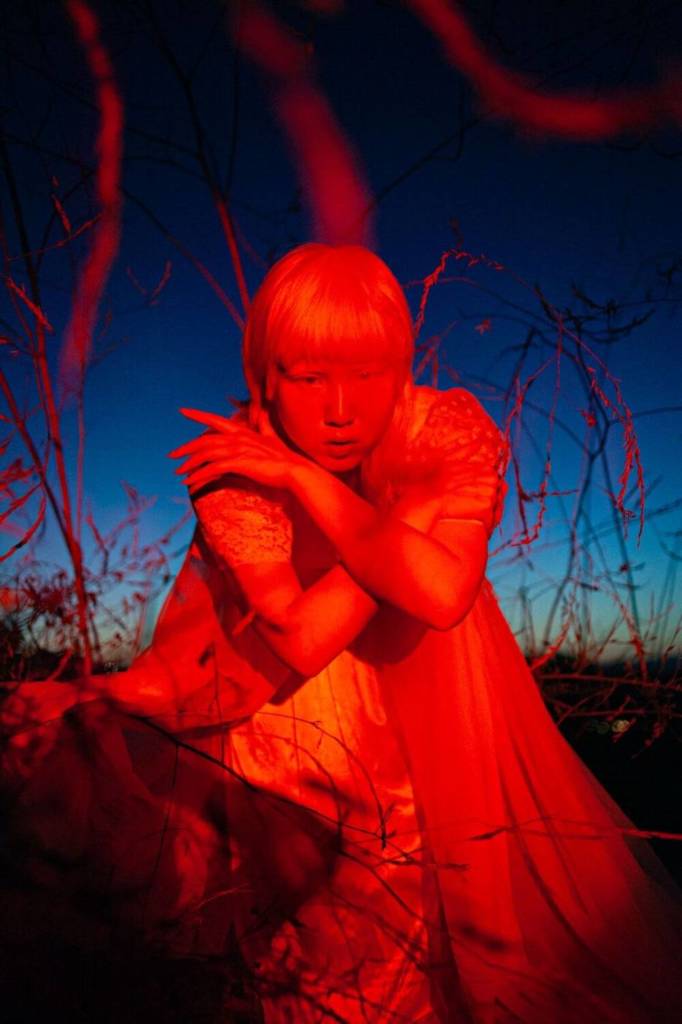

VIDEO ARTIST
About….
OUR NOTES/ EARLY IDEAS/ CONCEPTS

Lesbian Rangers
- As a lesbain who loves performance art, film, camping, and camp, I was naturally drawn to Lesbian National Parks and Services (2002). I find lesbains are under represented, under valued, and misunderstood, even by the queer community. Shawna Dempsey and Lorri Millan work against this reality, creating content targeted at lesbain and showcasing the lesbain experience. When blockbuster films, typically written and directed by straight men, choose to include a lesbain character, they are often directed at the male gaze as fem x fem. In contrast, Shawna Dempsey and Lorri Millan chose to write and direct films based on masculine lesbians for a lesbain audience. We see this again in their film A Day in the Life of a Bull-dyke (1995), with genuine insight into the world of lesbians, still in a campy, exaggerated fashion. Dempsey and Millan aim to encapsulate the joy, pain, and ambivalence lesbains often experience, viewed as “strange animals.”
- Dempsey and Millan respond less to nature, creatures, or environmental conditions and more to our cultural, gender based associations with these topics. These artists are aware that as “mother Earth” is feminized in our society, our patriarchal ideologies seek to own, assault, and exploit her, masculinizing ideas of physical exploration, hunting, fire building, and more. In this, there is a stereotype that masculine lesbians love camping, parks, hikes, and all things wild. Which is honestly pretty accurate. In Lesbian National Parks and Services, the artists played off the idea that being homosexual is a “choice” and “unnatural,” a common argument used to invalidate and demonize queer folk. By presenting the lesbain rangers as though it was a career path and a choice to become natural, wild creatures inhabiting the forest, they took the myth and inverted it with a campy approach, a style often used by the queer community. Homosexual innuendos based on the environment, mentions of common lesbian experiences, stereotypical lesbain clothing, and physical posing in reference to lesbian sex or masculinity additionally resonate with lesbian and queer culture, ideas, and values. Dempsey and Millan additionally played off the narrative that lesbians pray on straight girls, seeking “recrute” or indoctrinate them into the lesbian agenda. Again, they took this misconception and camped it up, taking the unprofessional and predatory stereotype and flipping it to be professional and protected with their Lesbian National Parks and Services booth at the park.
BOOK STACK POST
After exploring the library like I never have before, I composed the following book stacks. As a huge fan a poetry as a kid, specifically Shel Silverstein, this experience made me feel energized and playful. At the beginning of the process, feeling this fun spirit, I made the first stack about meeting someone, realizing how at peace you are around them, how pleasant they are, how much you are amazed by them, and suddenly realizing oh God you’re in love with them. I photographed this stack vertically as love can feel disorienting and lifting. The empty space emphasis works as a bright and reflective space, much like feeling in love. This contrasts Katchadourian’s dark, abyss-like background.
As I continued to hunt for titles I grew tired and hungry, with this, progressively feeling more emotional and dramatic. The titles I was drawn to and the concepts I imagined out of them became more grim. Once I saw the “mother stone” book my mommy issues were up enough that I just ran with it. I was definitely in a mood. With this, I decided to make a portrait of the dark side of my mother, and how it made me second guess every part of myself. Photographed with more space sinking under the image than above, the viewed eyes are directed down, weighing on the final words, “what did I do?”.
The final book stack is more self explanatory. One of my favorite childhood books, Where the Sidewalk Ends, at the end of a sidewalk, perhaps where people parted ways.
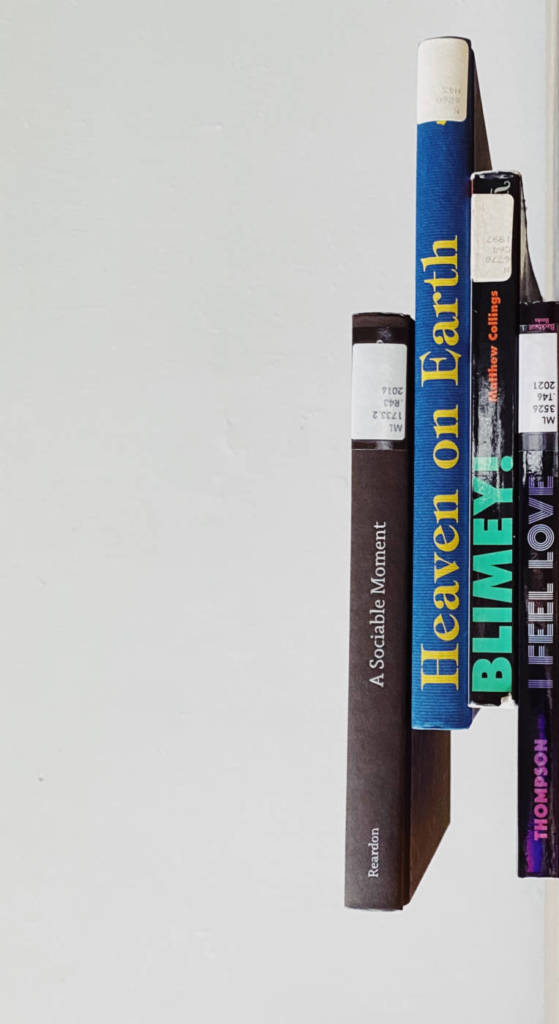
A small sociable moment with this person is like Heaven on Earth. OHHH!!! I feel love!

Shes in a stone-like mood, unmoving and cold. Her aggressive tone and her caring utterances send mixed messages. I feel cold and unmoving as though bronze is in my blood. Cold and unmoving like my mother, yet mine is out of fear. I question what I did to make her mother stone, unmoving and cold.

Where the sidewalk ends, we’ll meet again. Words take up a small portion of the image, evoking a sense of loneliness.

